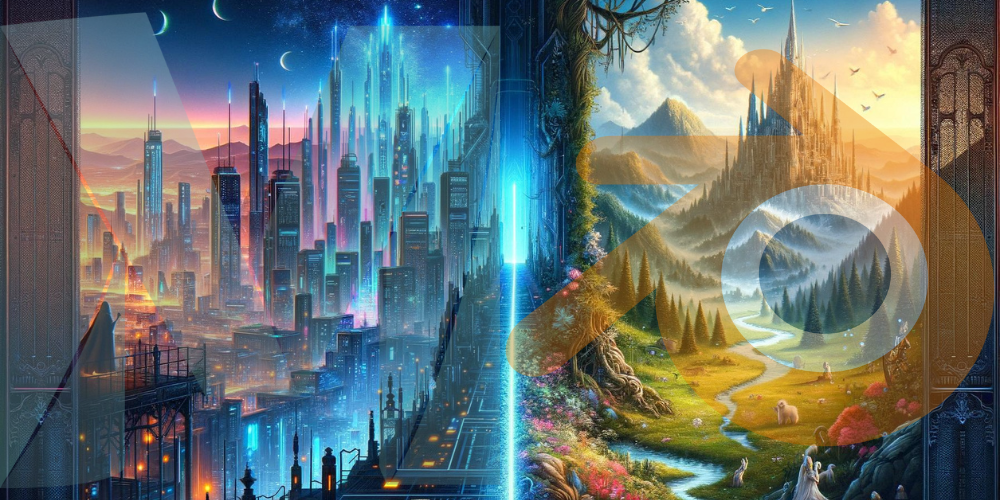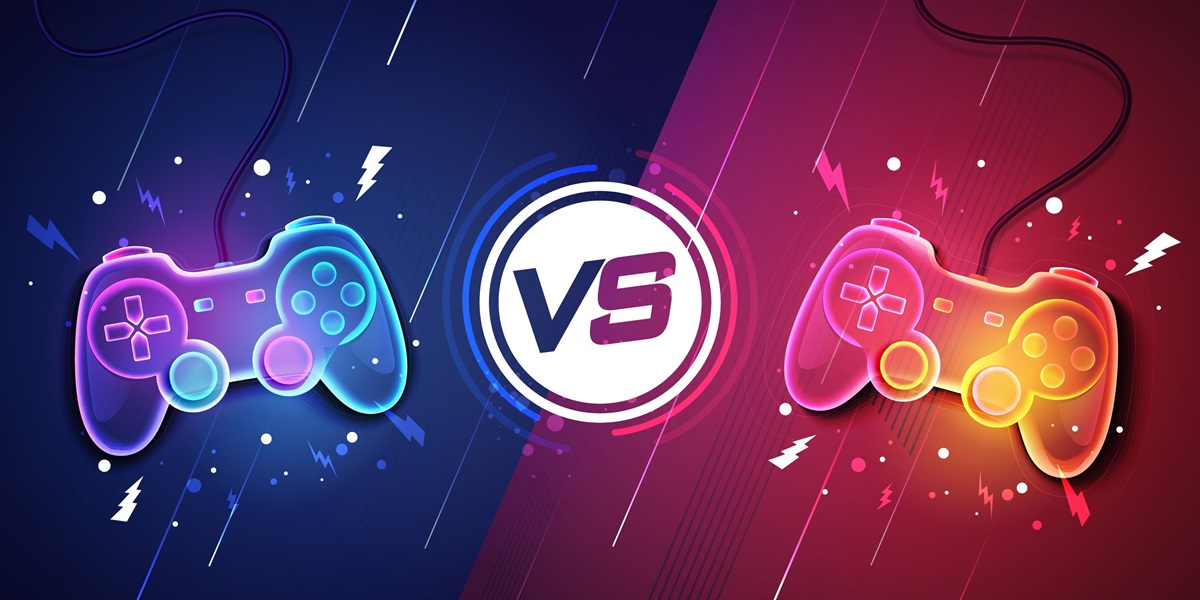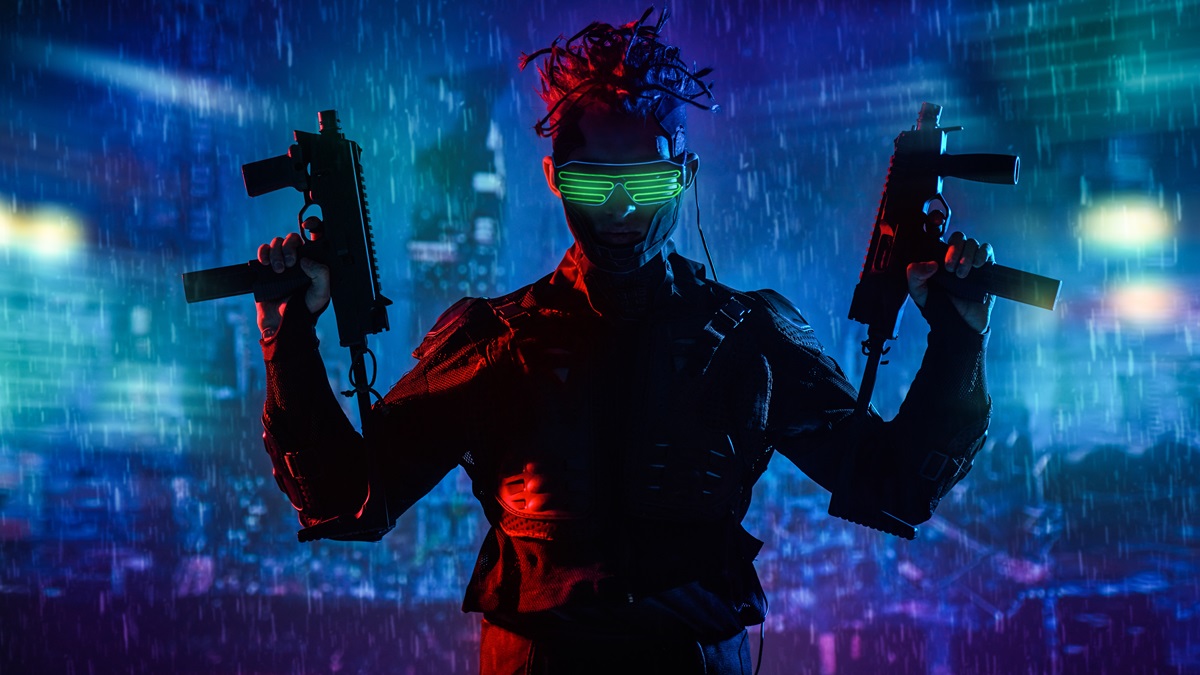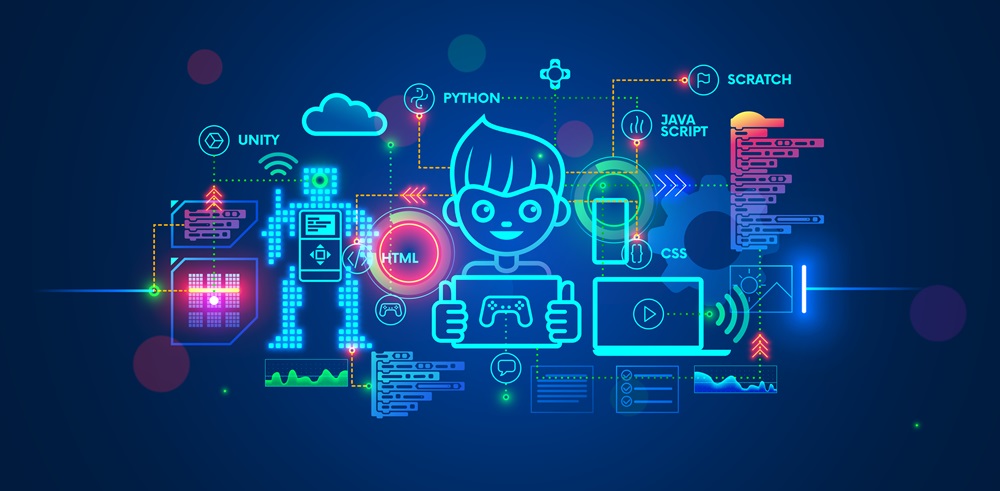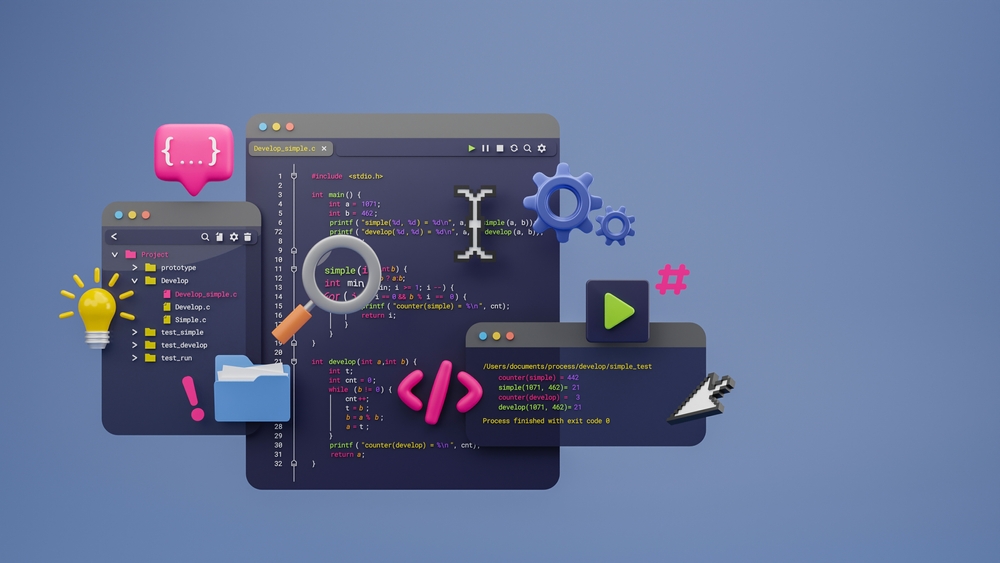Maya vs Blender 2024: Which is Better for 3D Modeling?
The medium you choose to deliver your story determines its impact. With animation in particular, 3D modeling is increasingly becoming the preferred vehicle.
- Illustration trends reveal that the 3D mapping and modeling market is projected to grow at a CAGR of 16.7%, from $5.73 billion in 2022 to $26.84 billion in 2032.
Smartphone gaming and industries like entertainment, automotive, healthcare, and defense contribute to this significant growth.
Now, as you sit down to begin your project, you might wonder which 3D modeling software is ‘best.’ Typically, it is a Maya vs. Blender competition and if you search online, you will find more people leaning toward Blender.
But it’s not that simple and the why will be revealed as you continue reading.
In this article, we will showcase what each framework can do for you and help you decide on the Autodesk Maya vs blender choice, based on metrics like budget, project requirements, individual preferences, etc.
You might feel confused now, but there’s no need to be. Let us begin with an overview of these frameworks.
I. Autodesk Maya
Maya is a software framework used in 3D modeling, animation, simulation, and rendering. It is generally favored by larger studios and individuals/groups with substantial purchasing power. It is widely used in films, television, animation, and game development.
Autodesk is a major player in the computer-aided design (CAD) market, which is projected to hit $13.2 billion by 2026. Uncharted 4 by Naughty Dogs, God of War by Santa Monica Studios, Assassin's Creed by Ubisoft, Detroit: Become Human by Quantic Dream, and Call of Duty: Modern Warfare 3 used Maya.
1. Features
● Toolset for 3D modeling, animation, rigging, simulation, and rendering.
● Modeling techniques like polygonal, NURBS, and procedural modeling are supported.
● Animation tools include keyframe animation, rigging, and dynamic simulations for effects like cloth, fluids, and particles.
● Advanced rendering capabilities with support for industry-standard renderers like Arnold.
2. UI (User Interface)
● Customizable user interface with panel-based layout.
● Node-based approach for building complex setups, with greater flexibility and control.
3. Application
● Widely used for commercial animation in film studios, animation studios, and game development companies.
4. Cost and Licensing
● Commercial software with licensing options, including perpetual licenses and subscription plans.
II. Blender
Blender is a free and open-source framework used for 3D modeling, animation, simulation, and rendering. It is widely employed by professionals and hobbyists to work on projects in film, animation, game development, and architectural visualization.
Blender is being increasingly adopted due to its powerful features, flexibility, and cost-effectiveness. In 2020, it was downloaded 14 million times, with an average of 3.5 million downloads per release.
It is due to this higher accessibility that online search becomes biased in favor of Blender as more developers and projects appear to be using it.
Yo Frankie! and Sintel: The Game by Blender Institute and Beneath a Steel Sky by Revolution Software used Blender.
1. Features
● Toolset for 3D modeling, sculpting, rigging, animation, simulation, and rendering.
● Sculpting tools for crafting organic shapes and characters.
● Rigging and animation tools for character animation and motion graphics.
● Real-time rendering with the Eevee render engine and high-quality rendering with the Cycles render engine.
2. UI
● Intuitive user interface.
● Node-based shader editor to create complex materials and textures.
● Python scripting support for automation and functionality extension.
3. Application
● Increasingly used by studios and amateur artists/developers for visual effects, animations, architectural visualizations, and more.
4. Cost and Licensing
● Free, open-source, and no cost for licensing or subscription fees.
With this outline, we can see that both Maya and Blender are suitable for creating immersive 3D animations, modeling, rotoscope animation, and more. The two are quite similar but there are distinct differences between Maya and Blender, which make the choice between them easier.
This table will be your fast guide to check, remember, and share the reasons for your 3D modeling software choice.
Blender vs Maya Comparison
| Metric | Autodesk Maya | Blender |
| Features and Functionality | ● Robust feature set ● Tailored for professional 3D modeling, animation, and rendering ● Specialized tools for character setup, simulations ● Integrated rendering with Arnold | ● Versatile and extensive feature set |
| Ease of Use and Learning Curve | ● Steeper learning curve ● Offers extensive documentation ● Customizable workflows | ● More accessible to beginners ● User-friendly interface ● Supportive community with tutorials and resources |
| Compatibility and Interoperability | ● Excellent compatibility with industry-standard formats ● Integration into professional pipelines | ● Good compatibility with various formats ● Can integrate with many third-party tools and engines |
| Performance and Speed | ● High performance for complex scenes, animations ● Continuous enhancements in efficiency ● Hardware-dependent performance | ● Decent performance across hardware configurations ● Ongoing optimizations for speed, complex scene handling |
| Cost and Licensing | ● Subscription-based model, may be costly for individuals ● Offers Maya Indie for qualified users at a reduced price | ● Free and open-source ● No licensing or subscription fees |
| Support and Updates | ● Professional technical support ● Regular updates, maintaining cutting-edge status | ● Active development community ● Frequent updates and community-driven support resources |
| Industry Adoption and Reputation | ● Highly regarded in professional settings ● Known for stability and advanced capabilities in high-end productions | ● Increasingly recognized by professionals, studios ● Known for flexibility and rapid development |
| Specialized Features and Workflow Support | ● Advanced specialized tools and workflows ● Supported by a broad plugin ecosystem | ● Customizable workflows and specialized tools ● Active community creating addons, extensions |
| Future Growth and Development | ● Focus on innovation and responding to industry needs ● Backed by Autodesk's commitment to advancing 3D technology | ● Strong continuous development and user feedback responsiveness ● Roadmap aimed at advancing 3D technology, meeting industry demands |
Final Advice: Your Goals, Your Choice
When conducting a Blender vs Maya comparison to work on your 3D animation services, all you need to remember is that Maya is “better” for 3D modeling in professional settings where industry standards, compatibility, and support have greater sway.
At the same time, Blender can deliver equally powerful results but is more suited to individuals and smaller studios with a limited budget.
Along the video-game creation journey, a helping hand from a game development studio can be important. With EDIIIE’s extensive experience and expertise, you can deliver unique projects that impress.
